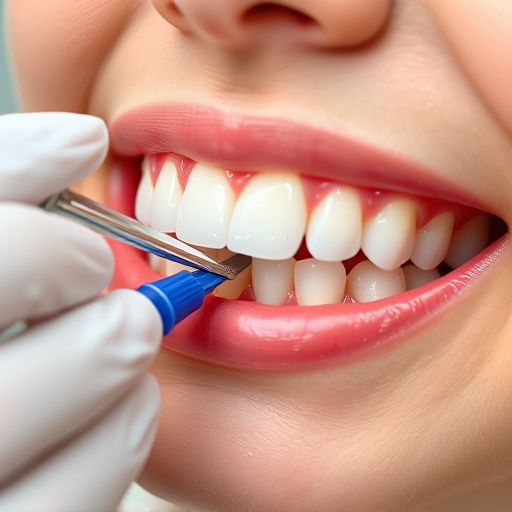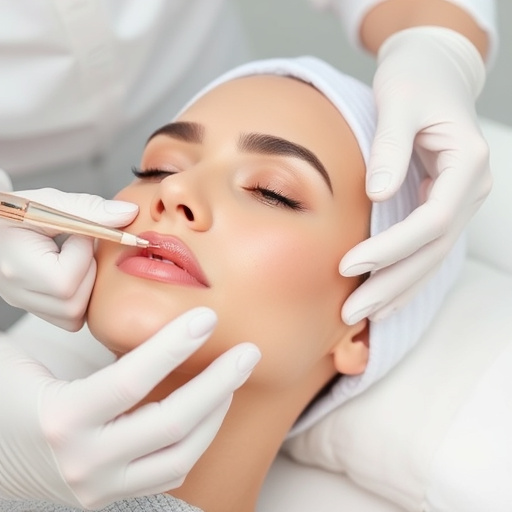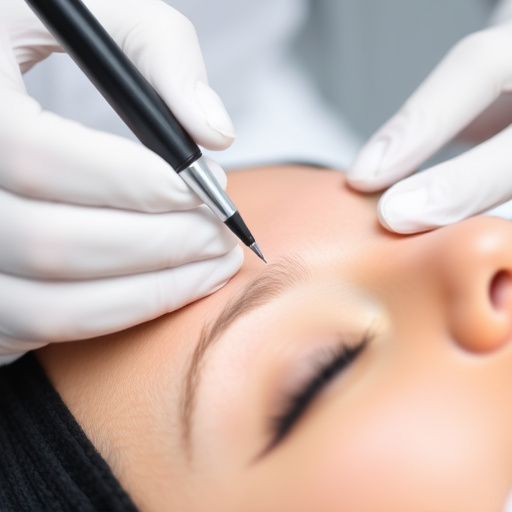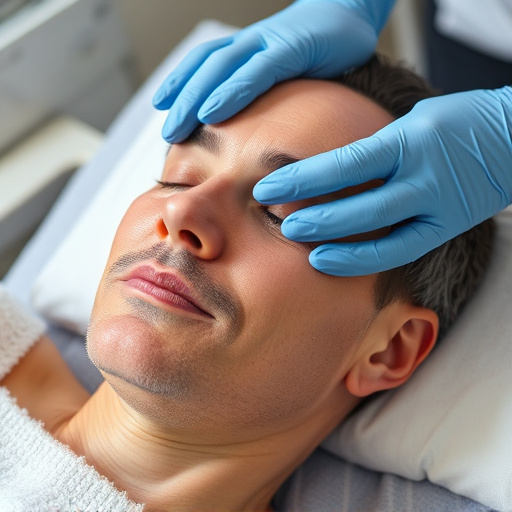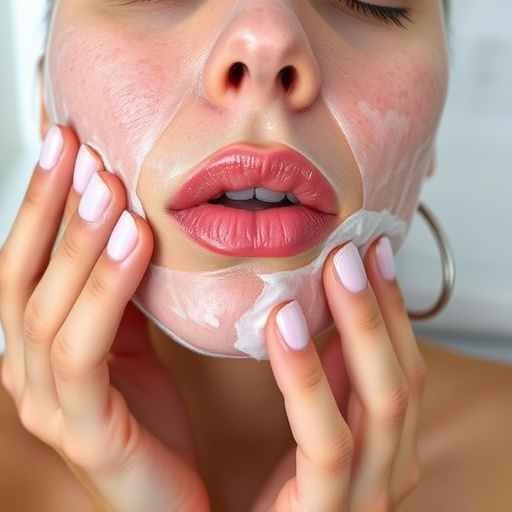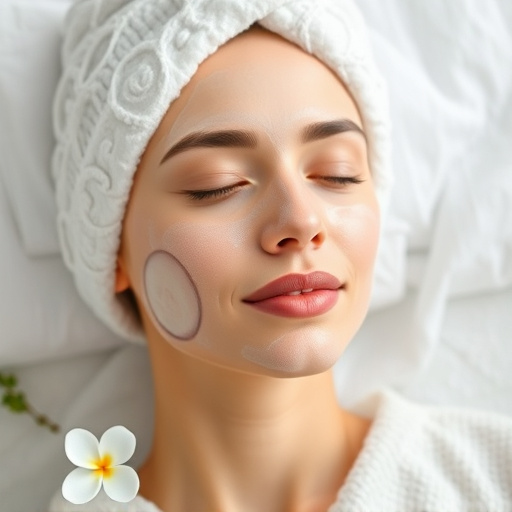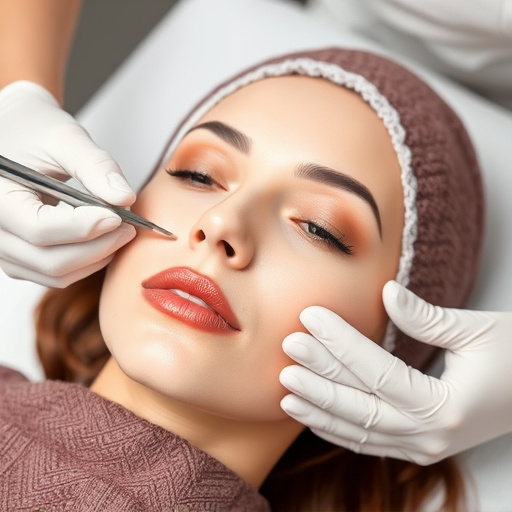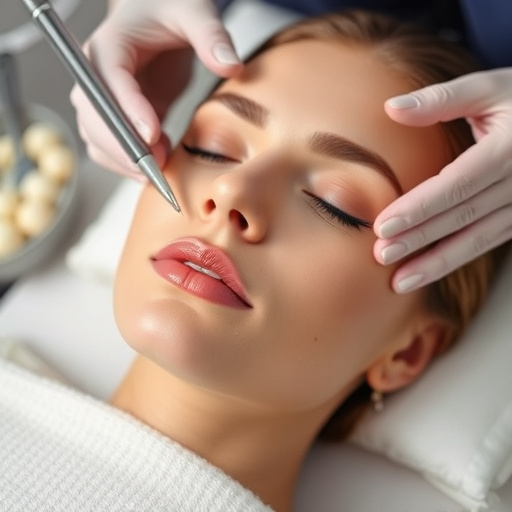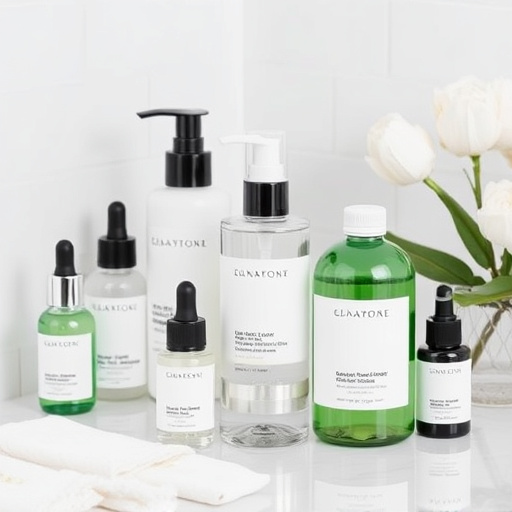Teenage acne is a common puberty issue caused by hormonal fluctuations and overproduced sebum. Stress, diet, environment, skincare, sleep, and medical conditions exacerbate it. Customized treatments combining skin brightening and wrinkle reduction are crucial for effective management and future skin health. DIY methods with natural ingredients like tea tree oil and aloe vera are safe but require caution due to potential irritation. Professional treatments like chemical peels should only be conducted by experts. Tailored, gentle non-surgical approaches like customized facials are ideal for sensitive teen skin. Patience is key, as consistent mild care supports healthy, clear skin during hormonal changes.
Is DIY teenage acne treatment safe for young skin? This comprehensive guide explores the do’s and don’ts of at-home acne care. Understanding teenage acne causes and triggers is key, from hormonal changes to dietary factors. We delve into natural remedies versus potential risks, offering insights on safer DIY practices tailored for sensitive youth skin. Learn how to navigate self-care while prioritizing your skin’s health and well-being.
- Understanding Teenage Acne: Causes and Common Triggers
- DIY Treatments: Natural Remedies vs. Potential Risks
- Safe Practices: Navigating Young Skin's Sensitivity
Understanding Teenage Acne: Causes and Common Triggers
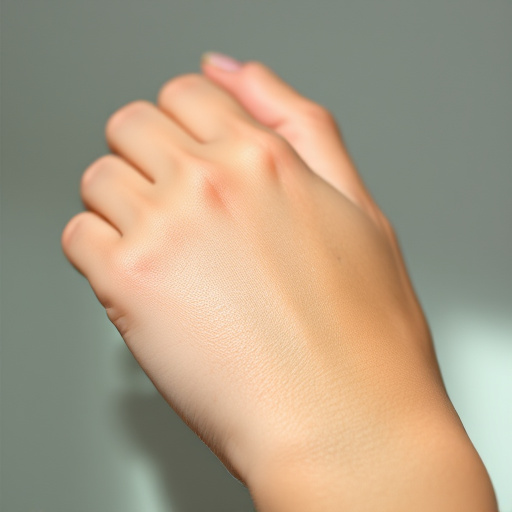
Teenage acne is a common concern that can significantly impact self-esteem and confidence during one of life’s most formative periods. Understanding its causes is essential in finding effective solutions, such as suitable teenage acne treatment. The skin’s natural process involves producing sebum, an oil that helps keep the skin moisturized. However, hormonal fluctuations during puberty can lead to an overproduction of sebum, blocking pores and triggering inflammation, resulting in acne.
Various factors can exacerbate this condition, including stress, certain foods, and environmental elements. For instance, high humidity or pollution might irritate the skin, while cosmetic products that aren’t suited to young skin can cause breakouts. Even lifestyle choices like inadequate sleep or excessive screen time can contribute to acne’s onset and severity. Additionally, some medical conditions and medications may also play a role in developing acne, underlining the need for customized approaches to teenage acne treatment and skincare routines, potentially incorporating skin brightening and wrinkle reduction techniques as the skin matures.
DIY Treatments: Natural Remedies vs. Potential Risks
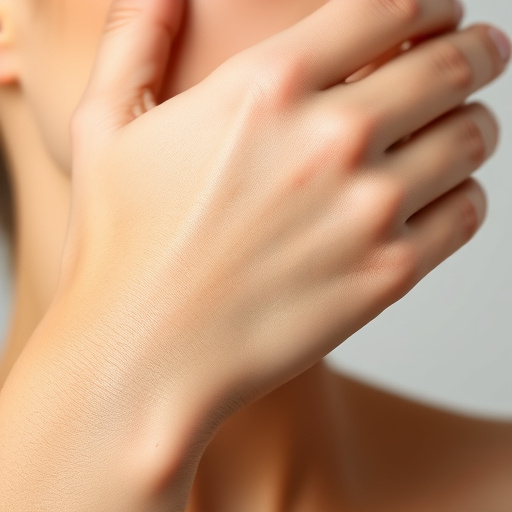
DIY treatments have gained popularity as a way to tackle teenage acne, with many turning to natural remedies in search of a clear and healthy complexion. While some ingredients like tea tree oil and aloe vera are known for their anti-inflammatory properties and are generally considered safe, others can pose potential risks. It’s essential to understand that the young skin is more delicate and susceptible to irritation, especially when exposed to harsh chemicals or incorrect formulations.
Natural remedies, while effective, may not provide the same level of targeted treatment as non-surgical or aesthetic treatments like chemical peels. These professional procedures offer a more precise approach to acne management, addressing specific skin concerns with tailored solutions. However, they should only be undertaken by qualified professionals who can ensure safety and minimize risks, which DIY methods often lack. Balancing the allure of natural remedies with the reality of potential side effects is crucial for teenagers aiming to manage their acne effectively while preserving their skin’s health and integrity.
Safe Practices: Navigating Young Skin's Sensitivity
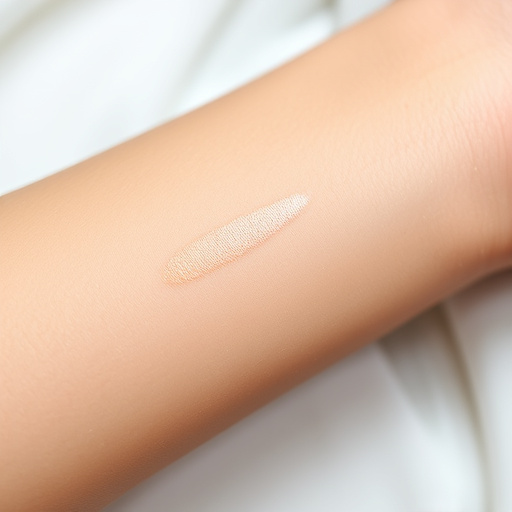
Navigating young skin’s sensitivity is crucial when considering DIY teenage acne treatments. While many over-the-counter options promise miraculous results, it’s essential to approach these solutions with caution. Young skin is often more delicate and susceptible to irritation, so what works for adults might not be suitable or safe for teens.
Instead of reaching for harsh chemicals or trendy DIY concoctions, focus on gentle, non-surgical treatments tailored to teenage skin concerns like customized facials targeting acne, blackheads, and blemishes without introducing further inflammation. Remember, patience is key; consistent, mild care can prevent long-term damage and promote healthy, clear skin as the body naturally navigates the hormonal changes associated with adolescence.
While DIY methods can offer natural relief, it’s crucial to approach teenage acne treatment with caution. Balancing effective ingredients with young skin’s sensitivity is key. Always conduct thorough research and consider consulting a dermatologist for personalized guidance. Safe and effective management of teenage acne involves understanding both the causes and potential risks associated with various treatments, ensuring optimal skin health for the future.

